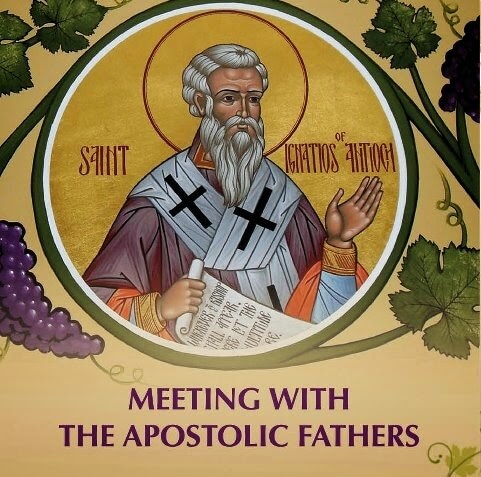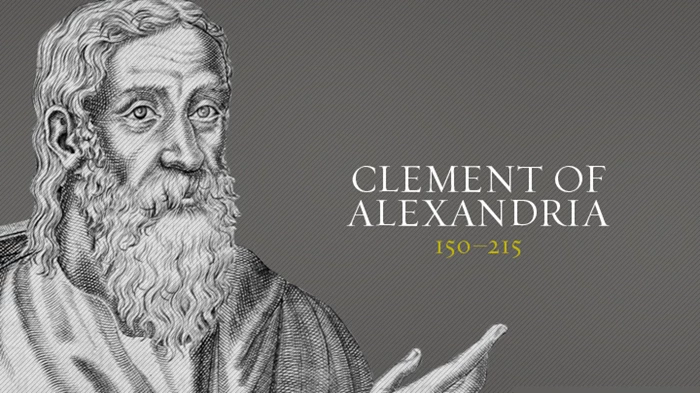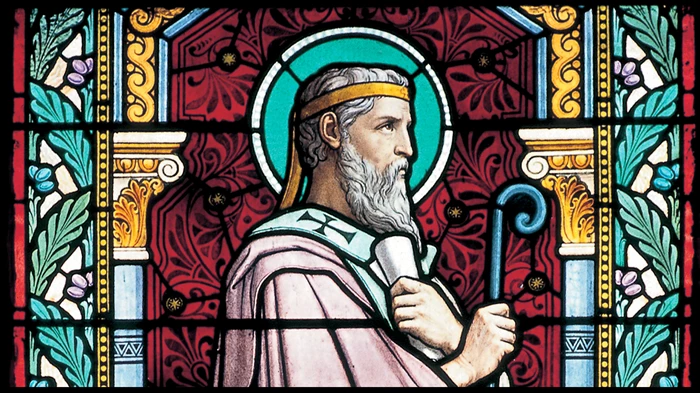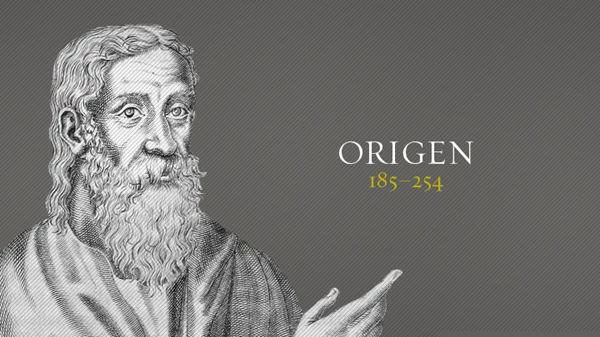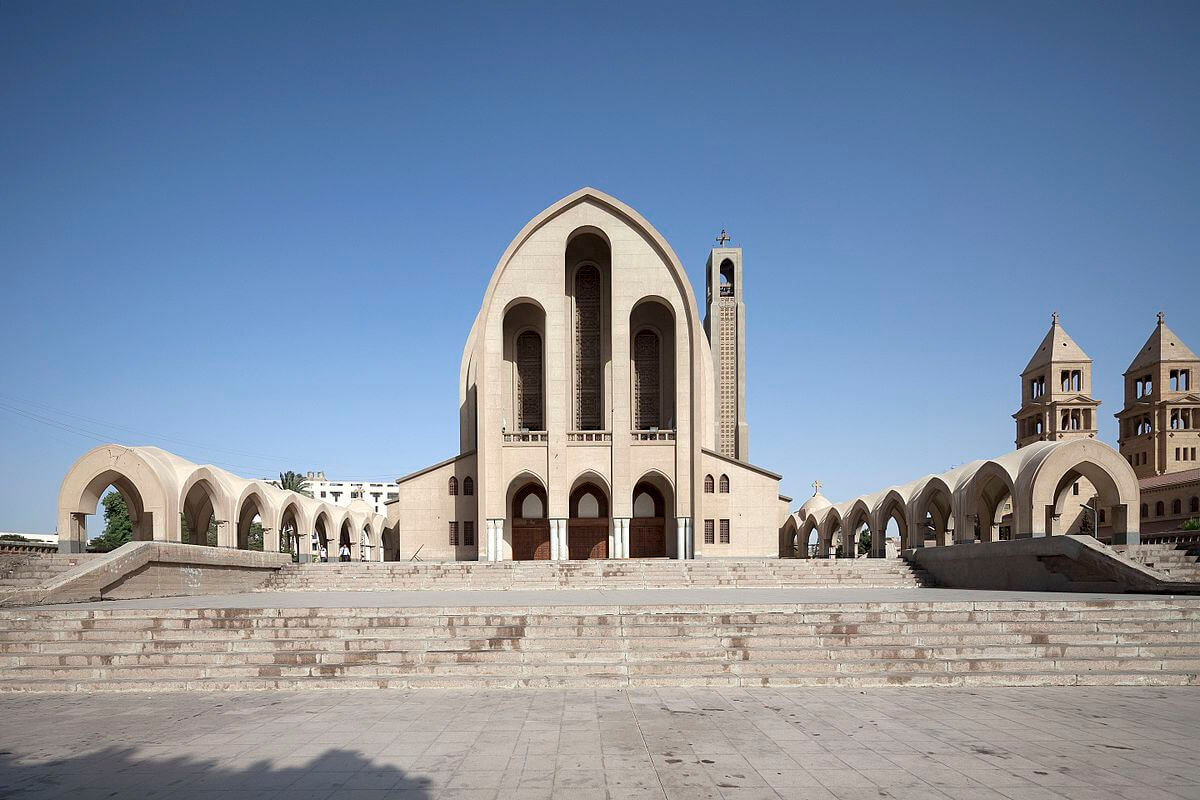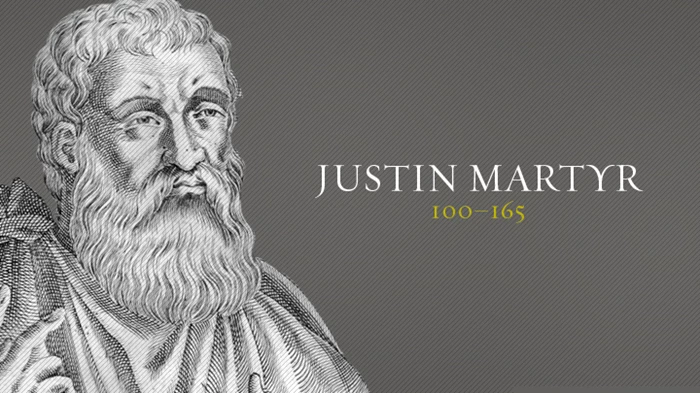The Letters of Ignatius: Contextual Background
The Letter of Ignatius to the Ephesians: Basic Structure and Purpose
Ecclesiology, Episcopacy and Unity: A Call for Church Unity under the Bishop
Warnings against False Teachers: A Call for Orthodox Christology
Although “no heresy has found a home” among the Ephesians, Ignatius gave them warnings against false teachers who were trying to corrupt their beliefs (Eph. 6:2, 7:1, 8:1). There were “certain people from elsewhere” who came and tried to sow evil doctrine, but the Ephesians didn’t accept this evil (Eph. 9:1). It can be concluded that these false teachers tried to spread heresies related to the Christological beliefs. This is seen when Ignatius mentioned that there was no heresy among the Ephesians as they don’t listen to anyone unless he speaks truthfully about Jesus Christ (Eph. 6:2). Many scholars agree that “Docetism” was the heresy that Ignatius attacked in his letter to the Ephesians[17]. In many sections of the letter, Ignatius obviously stressed the reality of humanity and crucifixion of Christ (Eph. 7:2, 16:2, 17:1, 18:1, 2). To counter Docetism, the Christological framework appears as the basic foundation that can defeat this false teaching.
Commandments within an Eschatological Frame: Christ as the Ultimate Desired Purpose
“These are the last times… only let us be found in Christ Jesus, which leads to true life. Let nothing appeal to you apart from Him…” (Eph.11:1, 2). Ignatius puts his commandments in an eschatological frame. He warns the Ephesians to be diligent because these are the last times. The ultimate desired purpose of the commandments is to reach the likeness of Jesus. “Let us be eager to be imitators of the Lord” (Eph. 10:3). If the Ephesians have perfect faith and love towards Jesus Christ, they will be aware of all commandments (Eph. 14:1). The one who truly possesses the word of Jesus will be perfected, so that he will act according to what he says. (Eph. 15:1).
It is obvious that Christ is the center and the goal of obeying the commandments according to Ignatius, but this is not the only Christological dimension in the commandments’ issue. As mentioned before, Ignatius gives his commandments within an eschatological frame. This eschatological dimension connects directly to the Christological framework. God’s incarnation in Jesus Christ is a proof that the eschatological events became nearer[18] and that Christians might partially taste it in this age. In this meaning, Ignatius writes, “… the ancient kingdom was abolished when God appeared in human form to bring the newness of eternal life, and what had prepared by God began to take effect” (Eph. 19:3). Briefly, according to Ignatius, Christology proves eschatology while eschatology motivates obeying the commandments.
Soteriology: The New Man Jesus Christ
If the Christological framework can be tracked in Ignatius’ thought about church unity, his warnings against the heresies, and through his commandments, then how much more can be tracked through soteriology? Christ is the essence of salvation. He is our God (Eph. Pref., 18:2), our Lord (Eph.7:2) our savior (Eph. 1:1), and our inseparable life (Eph. 3:2). He is both flesh and spirit, born and unborn, God in man, true life, both from Mary and from God, first subject to suffering and then beyond it, and He is our only physician (Eph. 7:2). Through His blood, the blood of God, Christians took on new life (Eph. 1:1). He “was conceived by Mary according to God’s plan, both from the seed of David and the Holy Spirit. He was born and was baptized in order that by His suffering he might cleanse the water” (Eph. 18:2). He is the Christ “who physically was a descendant of David, who is Son of man and Son of God” (Eph. 20:2). He accepted the ointment upon his head to breathe incorruptibility upon the church (Eph. 17: 1). He is the new man Jesus Christ, the divine plan of salvation (Eph. 20:1). According to Ignatius, Jesus’ Eucharistic body is the medicine of immortality; the antidote we take in order not to die but to live forever in Him, Jesus Christ (Eph. 20: 2).
[1] Michael W. Holmes, The Apostolic Fathers: Greek Texts and English Translations, 3rd edition (Grand Rapids, Michigan: Baker Books, 1999), 183.
[2] Clayton N. Jefford, Reading the Apostolic Fathers: A Student’s Introduction, Kindle Edition (Grand Rapids, Michigan: Baker Academic, 2012), Kindle Location 1269.
[3] Eusebius and Roy J. Deferrari, Ecclesiastical History (Washington, D.C.: Catholic University of America Press, 2005), 169, 195-199. Concerning who was the bishop of Antioch prior to Ignatius, there’s no certainty. Eusebius offers two possibilities in his book, Evodius (3:22) or the apostle Peter (3:36).
[4] Michael W. Holmes, 170. There is a tendency to expand the possible time frame in the direction of Hadrian’s reign (AD 117-138), but the general consensus puts Ignatius’ martyrdom around the middle of the Trajan’s reign (AD 98-117), and the Orthodox Church precisely placed his martyrdom in AD 107.
[5] The Letter of Ignatius to the Romans, 5:1, in Michael W. Holmes, 231.
[6] Michael W. Holmes, 171. These 6 spurious letters are: one from Mary of Cassabola to Ignatius, Ignatius’ reply to her, letter to the church of Tarsus, letter to the church of Antioch, letter to the church of Philippi, and letter to Hero (Ignatius’ successor as bishop of Antioch).
[7] Ibid.
[8] The Letter of Polycarp to the Philippians, 13:1-2, in Michael W. Holmes, 297.
[9] Eugene LaVerdiere, The Eucharist in the New Testament and the Early Church (Collegeville, Minnesota: Liturgical Press, 1996), 150.
[10] Many scholars assert that the Didache has been edited into its final form during the first half of the second century. The document most probably reached its final form by a date in between AD 80 and AD 120 or maximum AD 150.
[11] For more about this argument, see Walter Bauer, Orthodoxy and Heresy in Earliest Christianity (Philadelphia: Fortress Press, 1979) and Bart D. Ehrman, Lost Christianities: The Battle for Scripture and the Faiths We Never Knew (New York: Oxford University Press, 2003).
[12] Dale M. Coulter, “Antioch in Syria – Part 2” YouTube. Online video, http://www.youtube.com/watch?v=NeMviK-VdIU&feature=youtu.be (accessed 28, 30 January 2014).
[13] Clayton N. Jefford, Kindle Location 1224.
[14] Eugene LaVerdiere, 157.
[15] John E. Lawyer, “Eucharist and Martyrdom in the Letters of Ignatius of Antioch,” Angelical Theological Review 73, no. 3 (June 1, 1991), 282, and Eugene LaVerdiere, 157.
[16] Section 13 is the only section in Ignatius’ letter to the Ephesians that does not directly mention Jesus Christ.
[17] Daniel L. Hoffman, “Ignatius and Early Anti-Docetic Realism in the Eucharist,” Fides Et Historia 30, no. 1 (December 1, 1998), 78, Michael W. Holmes, 167, and Clayton N. Jefford, Kindle Location 1375.
[18] Edward Fudge, “The Eschatology of Ignatius of Antioch: Christocentric and historical,” Journal of the Evangelical Theological Society 15, no. 4 (September 1, 1972), 235.


